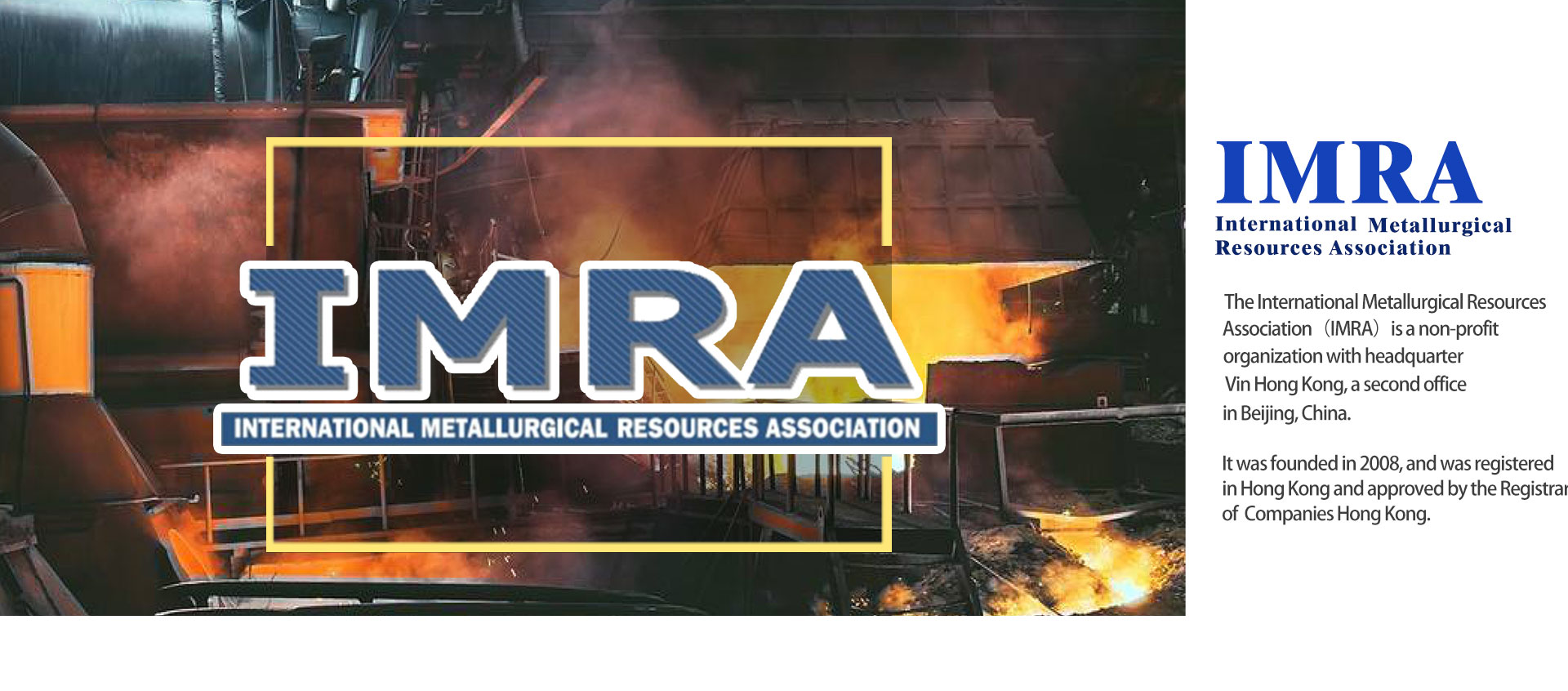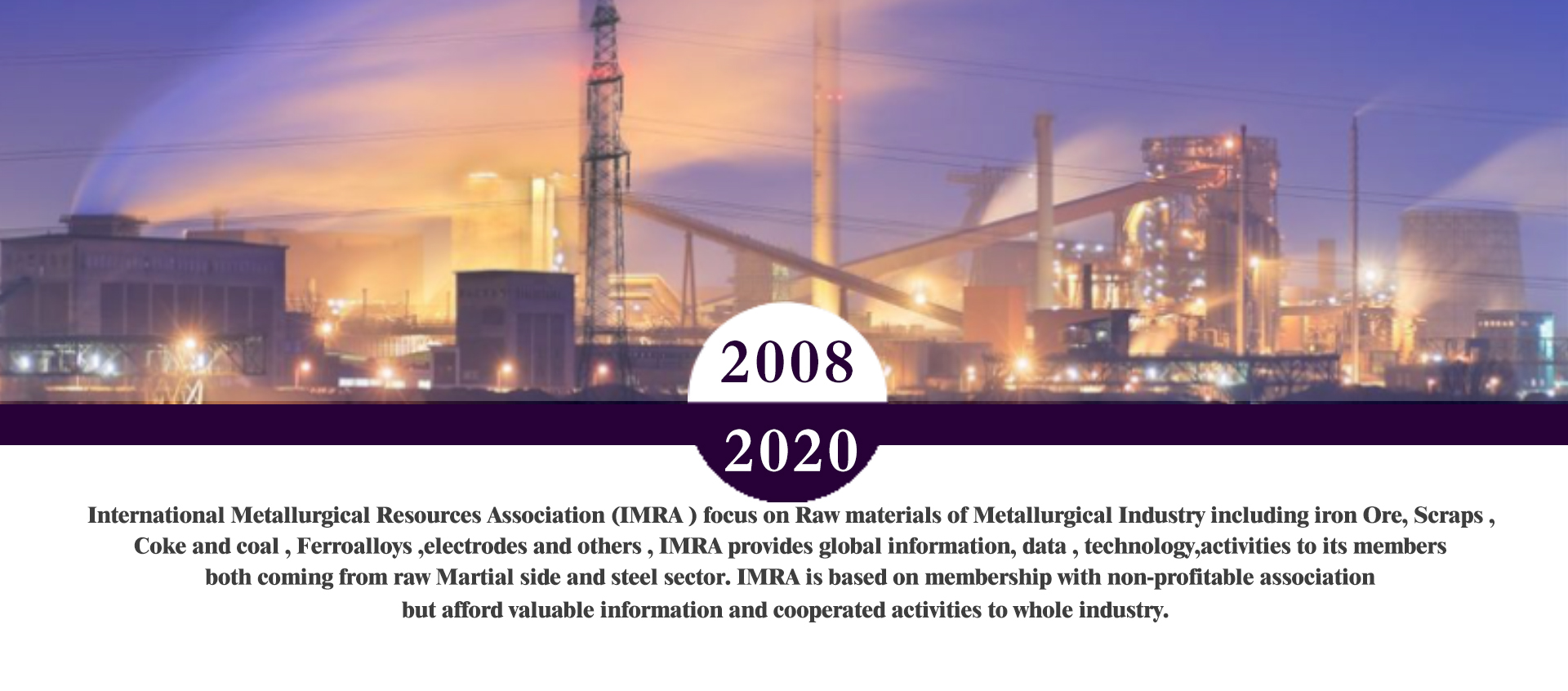IREPAS: Global long steel market still in equilibrium with regional differences
According to the short-range outlook report issued by IREPAS, the global association of producers and exporters of long steel products, the global long steel products market still seems to be in equilibrium in terms of supply and demand. However, the steel trade is becoming more and more regional and so different supply and demand situations may be observed in various regions. Accordingly, although the overall market is generally stable, there are fluctuations seen in certain regions.
Sharp increase in Turkey’s export activity, drop in domestic sales
For instance, in Turkey, there has been a sharp increase in export activity and a drop in domestic sales of long steel products. Following the doubling of tariffs by the US on steel imports from Turkey, it seems that Turkish exporters will continue to face difficulties in compensating for the absence of the US market as well as for the loss of sales in their domestic market, with exports to the Southeast Asian and Far Eastern markets. Accordingly, Turkish mills are expected to supply more billets, which will also lead to a drop in billet imports coming in o Turkey.
Spread between scrap and rebar at its lowest since summer of 2017
On the other hand, the IREPAS report pointed out that another consequence of the above situation is a spread between scrap and rebar figure of $170/mt which is the lowest since the summer of 2017.
Prices soften in US as buyers become less eager due to approach of winter
In the US, buyers are less enthusiastic about purchasing more inventory due to the coming winter months. Prices in the US are softening as domestic mills compete to capture the majority of the demand that is left. The mills have very healthy margins, which helps them obtain any business they choose. Their lead times are also getting shorter.
Mills in EU under pressure to lower their prices
According to IREPAS, in the EU, despite full order books, cut-and-benders are not able or willing to achieve much better numbers for projects and this will put pressure on European domestic mills in the near future as they need to have lower prices compared to current levels. However, mills are reluctant to reduce prices knowing that the majority of clients have to buy most of their requirements from domestic suppliers, especially towards the end of the year when tonnages may reach toxic levels.
EU mills hold big advantage over imports
The low water surcharges across the EU and the doubling to tripling of barge rates makes imports extremely dangerous and costly. As a result, the domestic steel producers in the EU have a big advantage over imports.
Global long steel production utilization rates at strong levels
Having said all that, with continued global growth and added demand for steel products, the global long steel industry is performing well and at strong utilization rates.
Agreement on USMCA a positive signal for global trade
The ability of the US, Mexico and Canada to agree on the USMCA, the new NAFTA, is a positive sign within the global trade perspective.
Absence of China continues to ensure optimism


